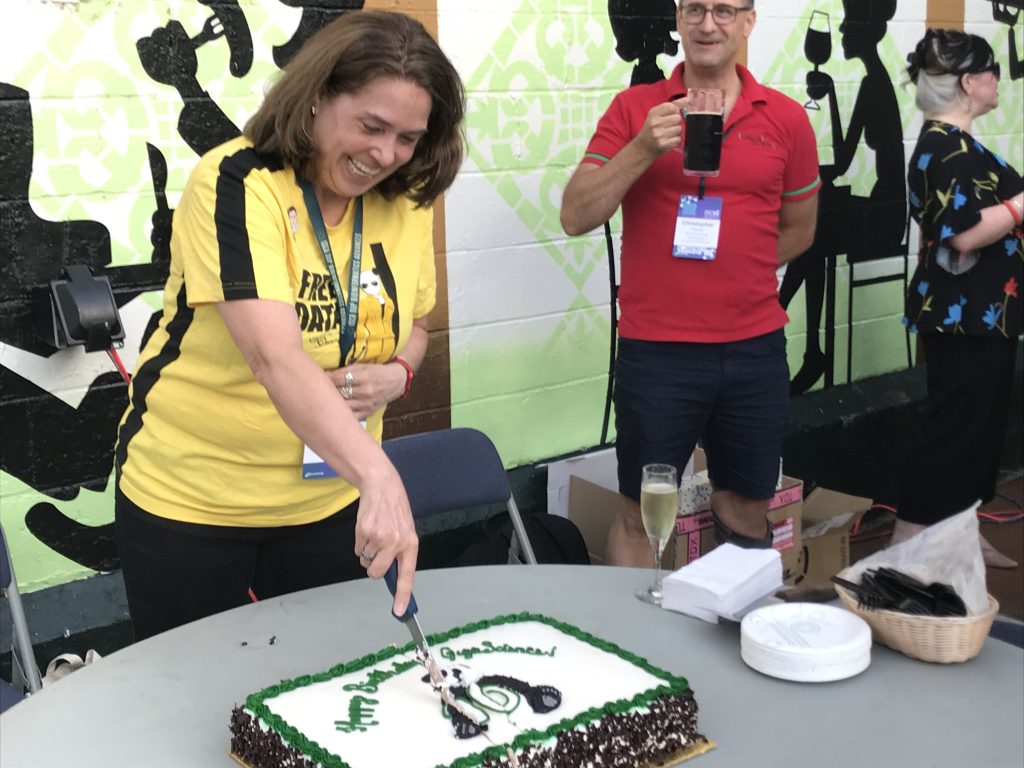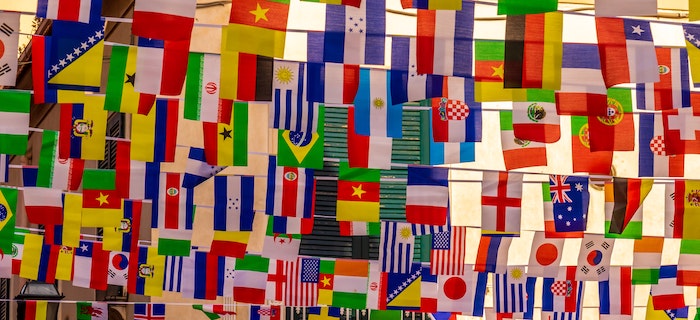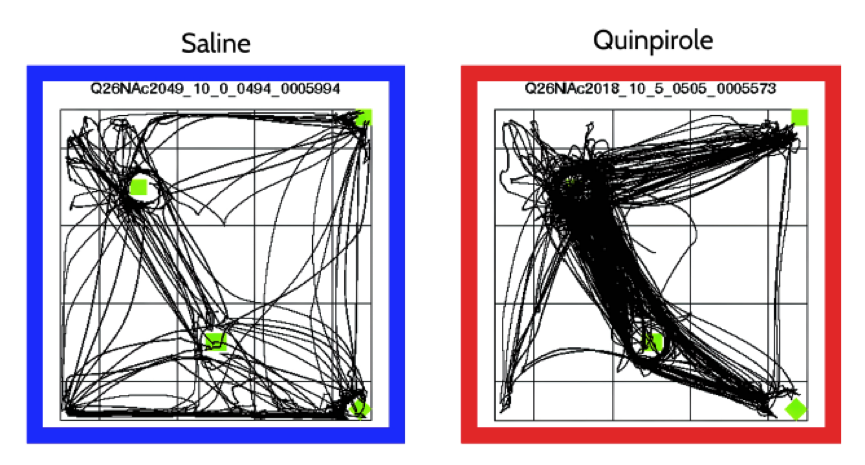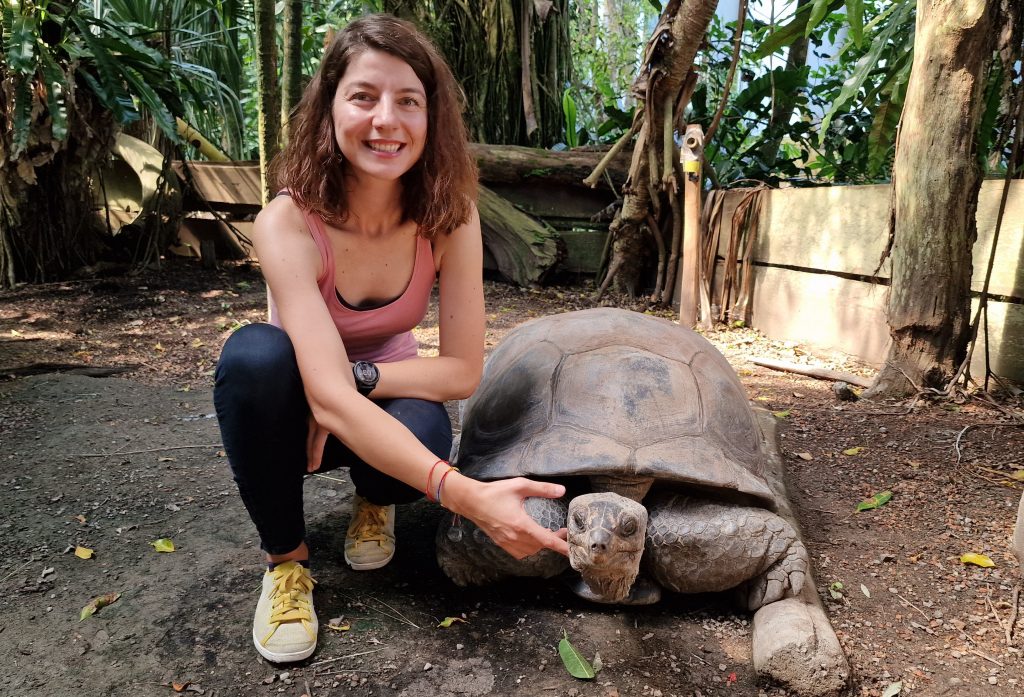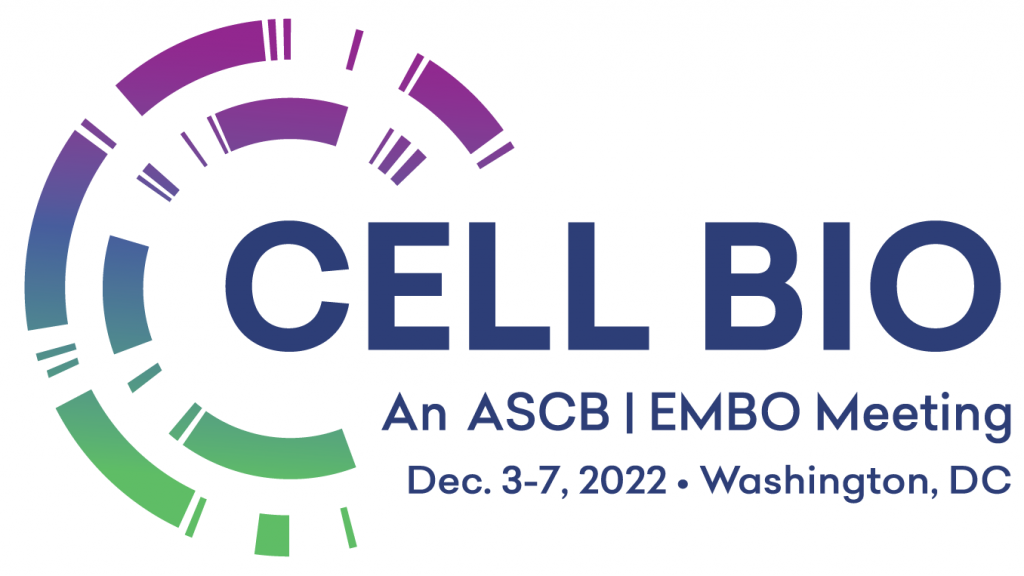
The Washington DC Walter E. Washington Convention Center was the venue for the recent Cell Bio 2022 Meeting that took place on 3-7 December 2022. Cell Bio 2022, the joint meeting of the American Society for Cell Biology (ASCB) and European Molecular Biology Organization (EMBO), is the largest yearly gathering for the Cell Biology community.


